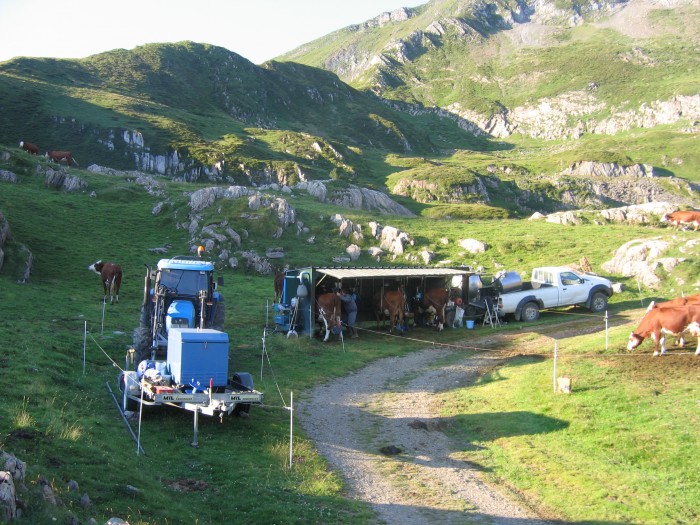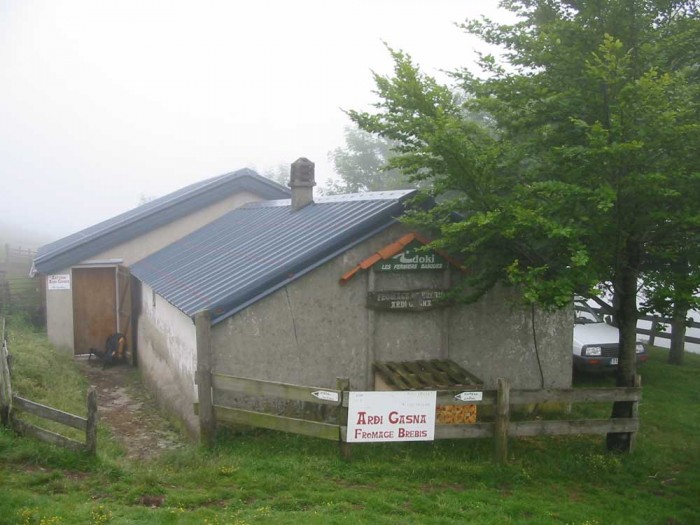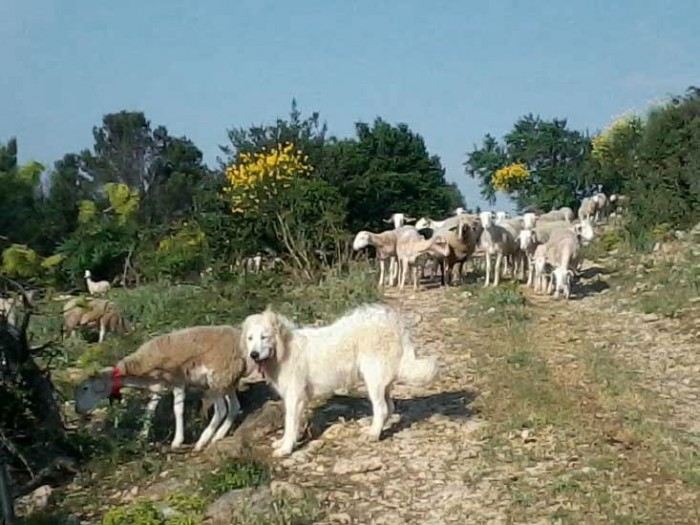Cet article est également disponible en: French
It seems to me that selling direct to the consumer, which has developed enormously in Britain in the last few years, has yet to have a significant impact in the Pyrenees. But there are changes to be seen.
I came across this mobile milking shed near the Col de Pause in Ariège. The farmer explained that, as the season advances, the cows move higher up the hill in search of fresh grass. Instead of bringing them all the way down to the farm for milking, he moves the milking shed progressively higher.
Shepherds in the mountains?
The job of a shepherd is as old as the hills, but it has started to change since the turn of the century. Traditionally, one of the younger members of a farming family would be sent up to the estive with the sheep from mid-June to the end of September, but in the 20th century the youngsters turned their back on the mountains. The sheep were increasingly left to their own devices, with a check-up once or twice a week. If this meant more losses caused by sickness or tourists’ stray dogs, so be it. It was more economic than paying a shepherd’s salary. (The main exception to this is the Basque country, where the sheep return to the fold to be milked daily to make Ossau-Iraty cheese.)
But with the reinforcement of the bear population starting in 1996 things are changing. Let’s not get involved in the pros and cons here, but the newcomers came bundled with grants. To try to make their arrival more palatable to farmers (and the sheep less palatable to bears) the government has started to encourage shepherds to return to the heights: with grants for improving huts and communications, building enclosures, and training patous as guard dogs.
Do these measures make any difference? It is an immense debate. But at least money is being put into the sector.
- Another notable change is the number of women who are taking up the work. According to Laurence Fleury in Bergères des Pyrénées, more than a third of shepherds in the Haut Béarn are in fact shepherdesses.












Footprints on the mountains